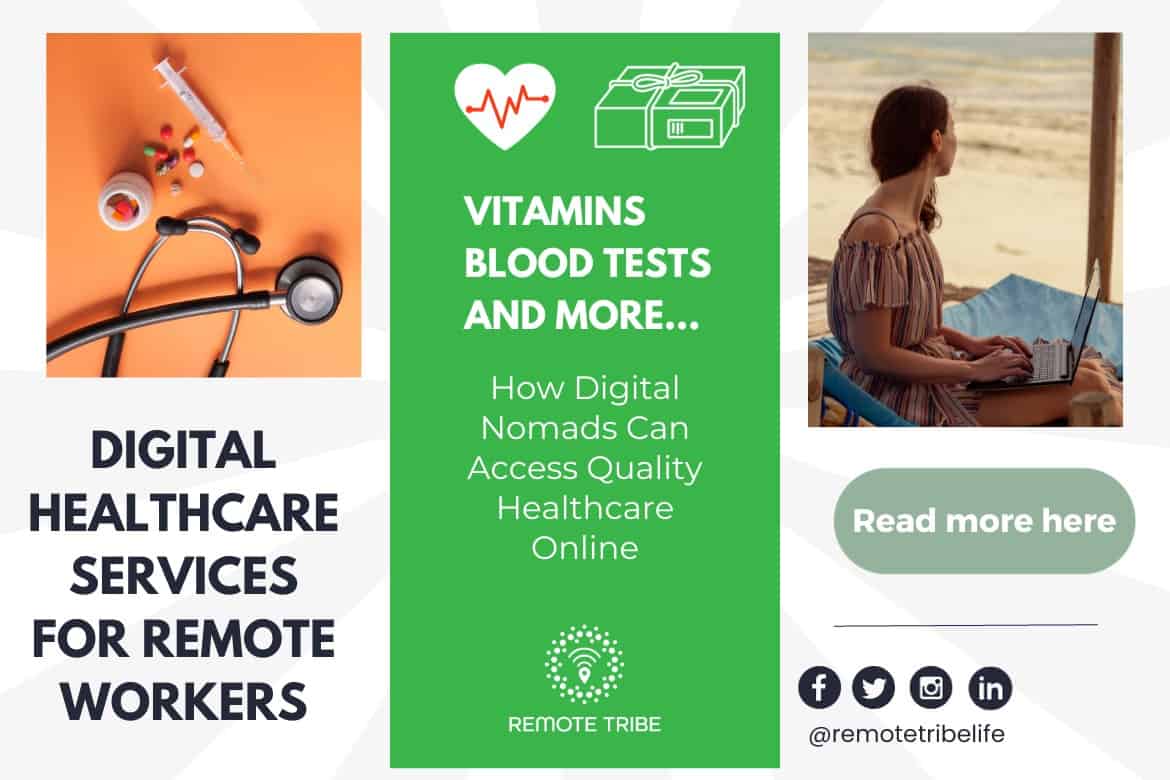The Influence of Subscription Based Healthcare on Conventional Clinical Practices
The Influence of Subscription Based Healthcare on Conventional Clinical Practices
Blog Article
The Rise of Subscription-Based Healthcare and Its Influence on Patient Care
As health care develops, the subscription-based version is gaining grip, promising to reinvent person treatment by using predictability and access. The capacity for these models to reshape medical care shipment elevates pressing inquiries regarding their long-term sustainability and inclusivity. Are these membership services the future of medical care, or do they risk leaving at risk populations behind?
Recognizing Membership Medical Care Designs
Realizing the concept of subscription health care models includes examining a transformative technique to medical services that stresses affordability and ease of access. These versions, typically described as direct health care (DPC) or concierge medicine, have actually arised as innovative options to typical fee-for-service health care systems. Registration medical care allows individuals to pay a set month-to-month or annual cost for a defined set of medical solutions, which may include endless workplace check outs, regular exams, and basic lab tests, without the requirement for standard insurance policy billing.
The structure of membership health care versions is developed to enhance person care by getting rid of third-party payers and complicated invoicing codes, therefore reducing administrative burdens. Doctor can concentrate extra on person treatment, cultivating more powerful patient-provider connections. This design likewise promotes preventative care by urging normal brows through, as the economic challenge of per-visit fees is eliminated.
The membership version usually empowers doctor to handle smaller patient panels, permitting more personalized treatment. It lines up economic rewards with patient wellness end results, as carriers are inspired to preserve person satisfaction and wellness. On the whole, comprehending subscription healthcare versions needs recognizing their possible to reshape how treatment is delivered and accessed.
Advantages for Clients and Carriers

With a consistent earnings stream, healthcare specialists can dedicate even more time to each person, leading to a much more customized and thorough treatment experience. The focus on preventive care within registration plans can lead to far better patient end results and reduced long-lasting medical care costs.
Difficulties and Problems
While subscription-based medical care versions existing many advantages, they likewise come with a set of obstacles and issues that need to be resolved. This elevates honest concerns concerning fair accessibility to health care services.
Financial sustainability of subscription-based versions is one more issue. Suppliers need to balance the set revenue from memberships with the variable expenses of healthcare solutions, which may fluctuate because of unforeseen clinical needs. This can develop pressure to limit solutions or increase costs, potentially impacting person contentment and care high quality.
Moreover, governing oversight of subscription-based healthcare designs is still advancing. Addressing these challenges is important for the fair and effective execution of subscription-based medical care.
Effect On Patient-Doctor Relationships
One significant impact of subscription-based health care designs on patient-doctor relationships is the possibility for find this boosted connection and individualized care. By taking on a membership version, medical professionals can take care of a smaller sized individual panel, enabling for more devoted time with each individual. This increased availability fosters a much deeper understanding of a person's case history, lifestyle, and preferences, making it possible for extra customized treatment plans and interventions.

However, it is necessary to identify that while subscription-based models might benefit those that can afford them, they can accidentally broaden healthcare differences. Individuals that are not able to participate in these models could experience reduced accessibility to customized treatment, potentially affecting their relationships with health care service providers. Hence, while the membership version provides encouraging advantages for patient-doctor connections, it also positions obstacles that need to be dealt with to ensure fair medical care access.
Future of Health Care Accessibility

The function of innovation can not be neglected in this change. Telemedicine platforms and electronic health documents promote seamless interaction in between patients and healthcare suppliers, damaging down geographical and logistical barriers. Additionally, developments in expert system and information analytics can better individualize treatment by anticipating individual requirements and enhancing treatment strategies.
Nevertheless, the future of health care access also offers difficulties, such as making sure equity across various socio-economic groups. Policymakers and healthcare providers must team up to connect the digital divide, making certain that subscription-based versions remain comprehensive and budget-friendly. As these systems grow, they hold the pledge of making healthcare extra easily accessible, effective, and patient-centric.
Conclusion
Subscription-based medical care versions are improving person treatment by giving a steady price structure and enhancing availability. The increase of subscription-based health care motivates aggressive person engagement, which has the prospective to enhance individual end results and satisfaction, signaling a transformative shift in healthcare delivery.
As health care progresses, the subscription-based design is getting traction, promising to revolutionize individual treatment by providing predictability and accessibility.Subscription-based medical care great site versions use unique benefits for both clients and companies, improving the general healthcare experience.As medical care systems evolve, the future of medical care gain access to frequently pivots on the assimilation of innovative versions and innovations.Subscription-based healthcare designs are reshaping person care by giving a steady cost framework and improving availability. The rise of subscription-based medical care urges proactive person interaction, which has the potential to improve individual outcomes and fulfillment, signaling a transformative shift in health care delivery.
Report this page